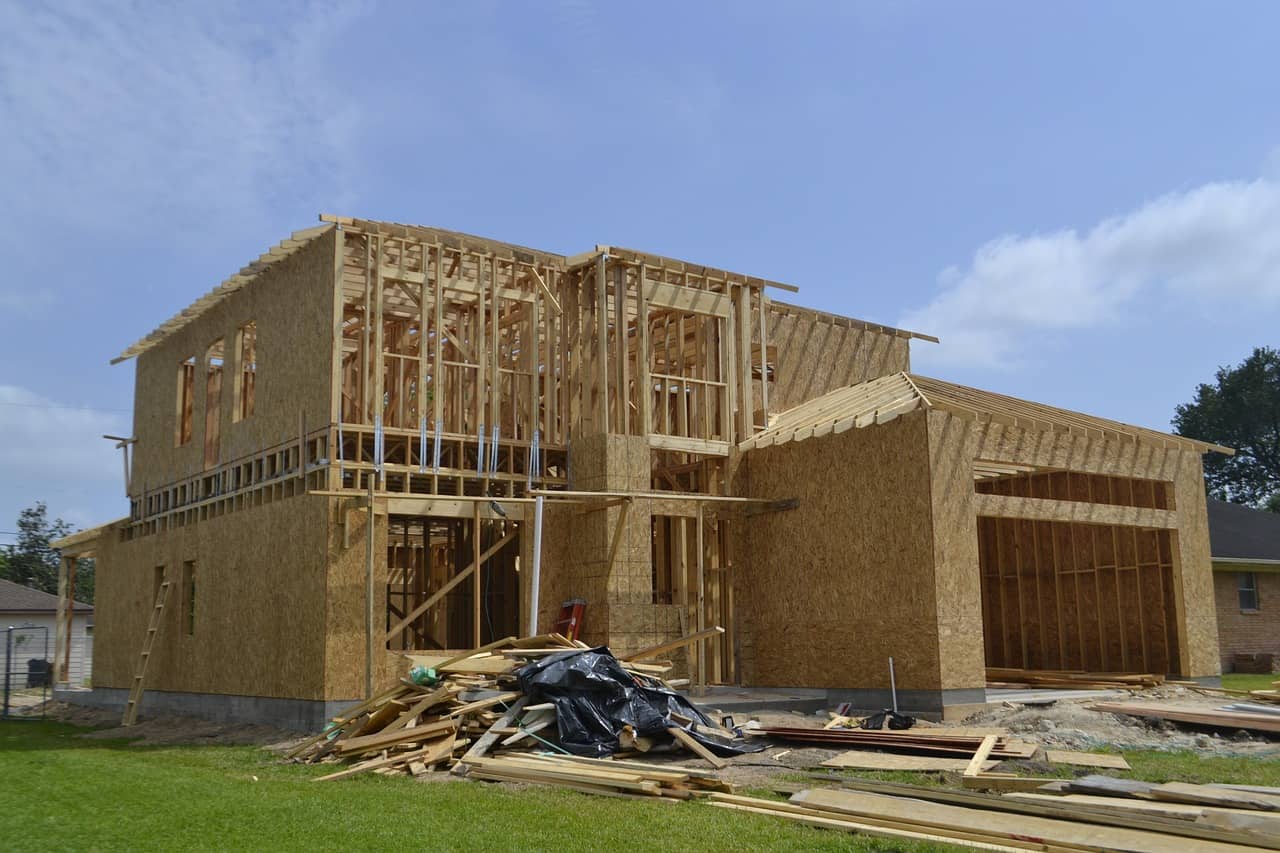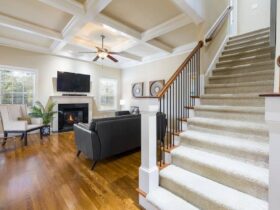House leveling is a service that restores your home’s foundation to its original state. Over time, foundation problems become more severe and require more aggressive repairs. To avoid further damage to your home, you should seek a professional leveling service as soon as possible.
Pier and Beam Foundations
The construction of a pier and beam foundation is much more complex than other types of foundations. They also take longer to complete, and extreme weather can affect the structural stability of the foundation. Moreover, pier and beam foundations provide shelter for rodents and other critters that could damage pipes and wiring. These critters include rats, mice, ants, and termites. Contractors should ensure the structure is level when installing a pier and beam foundation. Pier and beam foundations can be installed by a professional or even a layperson without large equipment. The basic idea of pier and beam construction is to create a flat base to support the structure. The piers are adequately spaced so that they will support the weight of the structure. Once installed, the piers are marked with spray paint to ensure they are properly placed and leveled.
Post-Tensioned Foundations
Post-tensioned foundations are an excellent choice for homes built on uneven terrain. These foundations are strong and durable, and they have many benefits. For instance, they don’t develop cracks along their entire length, like those that can occur with pier-and-post foundations. They are also cheaper than other foundation types, making them an excellent choice for those with poor soil conditions or fault lines.
Most house leveling contractors Killeen, TX, mentioned that a post-tensioned foundation is made of a concrete slab that is anchored to the ground. The slab is reinforced with flexible cables that are tensioned after the concrete hardens. These cables place the concrete in compression, making it stronger and more resistant to cracks caused by hard soil conditions.
Helical Piers
The cost of installing helical piers for house leveling depends on several factors. These include the soil type, altitude, and distance from the water table. It also depends on the number of helical piers required for the job. Prices are generally low in the Midwest and Plains region, while they are more expensive in the Northwestern and Mid-Atlantic states. The cost of installing helical piers also depends on the size of the structure. The larger the structure, the more helical piers are needed. The first section of the helical pier is equipped with helical blades welded to the shaft. Then, additional helical pier sections are added, which do not have bearing plates, to reach the desired installation depth. These helical piers can be installed on the exterior or interior of a home.
Slab Foundations
Slab foundations are the simplest type of foundation to build. They are usually made by pouring a large amount of concrete into one large slab about four to six inches thick. They are reinforced with steel rebar and woven cables. The slab is thicker than the interior support beams laid on top of it. Slab foundations are solid and last 50 years or more with minimal maintenance. They can also be very energy efficient. However, you must be aware of the limitations of slab foundations. Some of them might have plumbing pipes beneath them, which may not be easily accessible. In addition, some slab foundations are susceptible to bad weather, so you must ensure proper drainage away from the structure.
Concrete Piers
Concrete piers are large cylindrical pieces of concrete that are connected to hydraulics and are used to level a house. These piers are often built with a wider base hidden below the surface. They are shimmed with concrete or steel shims to reach the desired elevation. Before installing concrete piers, a level surface should be prepared. Use a post-hole digger or an auger to dig a hole large enough for the piers. The pier size should be based on the load that it will support. You will also need to consider the frost depth and soil strength.
Push Piers
Push piers are an excellent way to add support to your home without spending much money on foundation repairs. They are corrosion-resistant and come with a 25-year warranty. They also feature an external sleeve that protects against rotation and kinking. This allows the push pier to be installed quickly and without causing any disturbance to the landscaping surrounding your home. The push pier is attached to a bracket which is secured to the foundation footing. Push piers are made of galvanized steel tube sections that are hydraulically driven through the foundation brackets. Once in place, the pier transfers the weight of the home from the unstable soil to the bedrock. This process will stabilize the foundation over time, raising the house.
Soil Stabilization
Soil stabilization is essential to the construction and is the process of improving the stability of a foundation. If the soil is unstable, a house can sink or rise, causing cracks and other damage. The problem can also be dangerous because it can cause accidents. In addition to making the house uncomfortable, unstable soil can lead to a weak foundation, resulting in weakened support.













